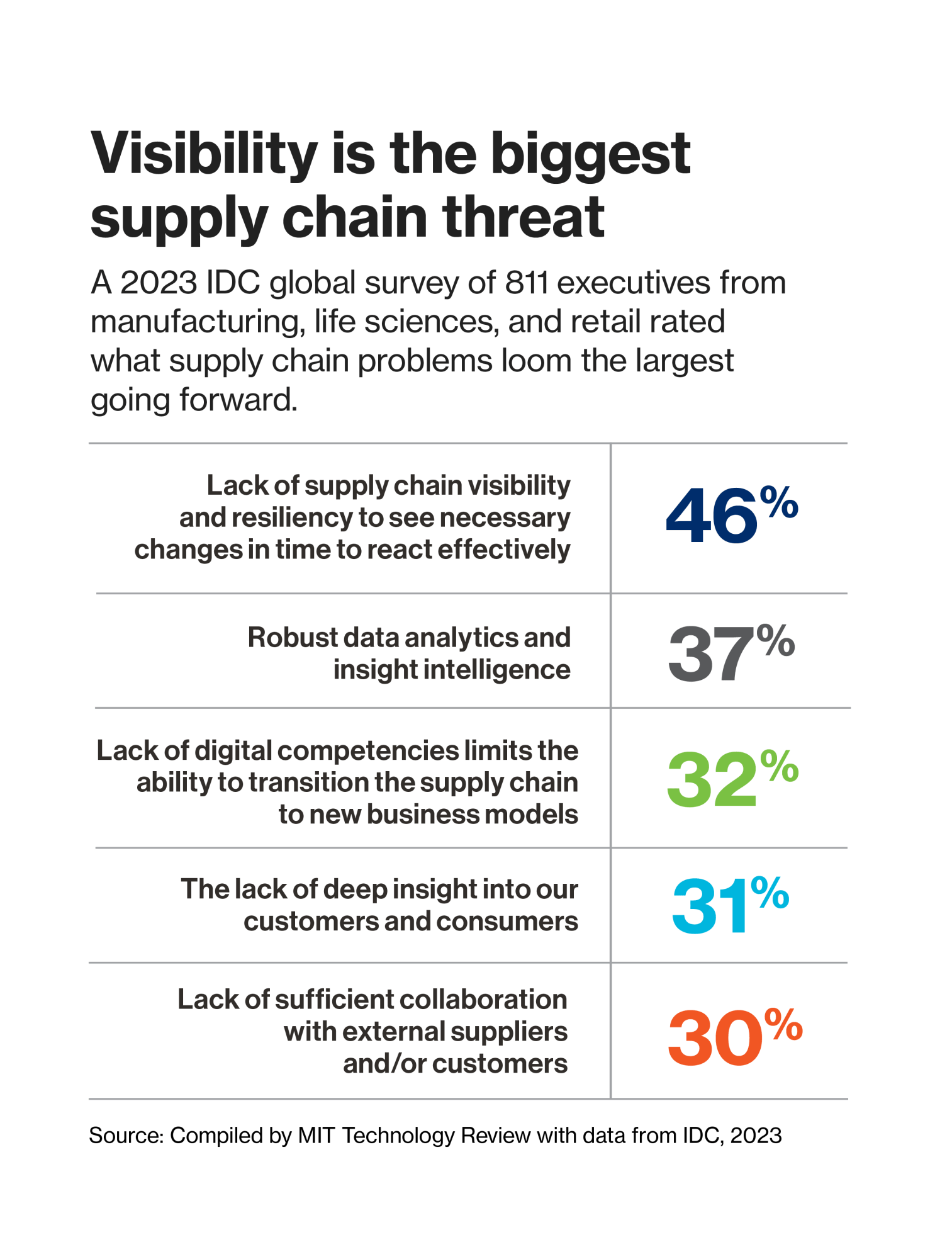To gain greater visibility into its supply chain, fast-food restaurant giant McDonald’s teamed up with supplier Golden State Foods in a pilot project that uses radio-frequency identification (RFID) technology to automatically track fresh beef’s movement from manufacturer to restaurant in near real-time. This strategy promises to “create a golden digital thread of traceability, giving partners across our ecosystem the information they need to build trust, improve transparency, and drive value,” says Sue Fangmann, U.S. supply chain services director for McDonald’s.

Welcome to the “phygital” universe where assets from the physical and digital worlds are blended to unlock vast volumes of information. In recent years, labor shortages, transportation failures, and political volatility have contributed to severe supply chain disruptions. Organizations like McDonald’s are discovering phygital tools can address these difficulties by merging the efficiency and agility of technology, including artificial intelligence (AI)—with help from physical object identifiers—to create faster, more accurate, more transparent, and more resilient supply chains.
This content was produced by Insights, the custom content arm of MIT Technology Review. It was not written by MIT Technology Review’s editorial staff.

